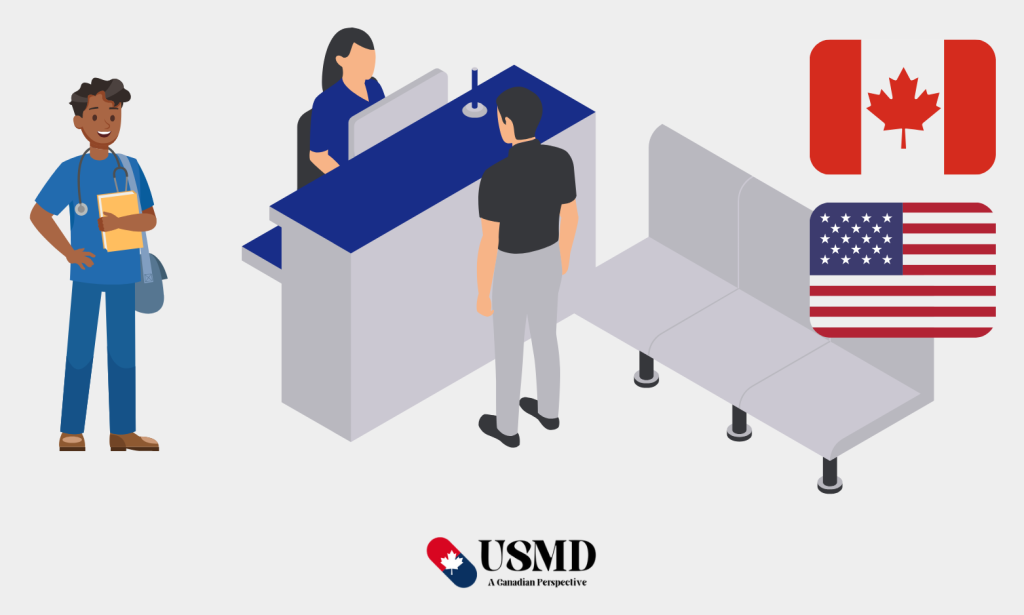
As a Canadian studying at an American medical school, I found all sorts of information on the F1 visa online. There are plenty of resources available that describe the things you need to do and bring. However, I couldn’t find anything about the experience at the border, including how long it would take. So, for my first trip as an F1 student, I booked my flights with a lengthy 5+ hour layover to ensure I’d have enough time.
As it turns out, it only took ~60 seconds to pass my documents and answer a single question (“What are you studying?”) before receiving an F1 stamp in my passport and being welcomed to the United States.
I’ve heard from another Canadian that it took ~20 minutes at a land-border, but both experiences were far less intense than the lengthy interrogation I was expecting. It may have helped that I attend a school with good name recognition, but it seemed that the only task on the side of the agent was to simply enter my SEVIS ID.
What to bring to the border
If you’re anything like me, you probably want to have all of your bases covered to ensure a seamless experience at the border. While my particular agent only looked at my passport, boarding pass, SEVIS receipt and I-20 – I brought a number of other documents too. Here’s a full list:
- Canadian Passport
- Boarding Pass
- SEVIS Payment Receipt
- I-20 Form
- Acceptance Letter from Medical School
- Financial Aid Award Letter
- Approval Letter for Student Line of Credit
- Bank Statement with Line of Credit Available Credit
It probably wouldn’t be a terrible idea to also keep contact information for your school’s international office handy, just in case anything goes wrong. It’s now possible for schools to issue an I-20 electronically too (via email), which could help if there’s an emergency and you don’t have your I-20 with you.
In short: it’s no big deal
As Canadians, we’re not only incredibly lucky to have a wonderful country to call home, but also the benefit of a usually strong relationship with our neighbours to the south. Citizens of other countries have to apply and interview for an F1 visa, whereas we’re granted F1 status at the border.
If you have all of the required documents (and are entering the country within the period covered by your I-20), you should have no problems at the border.
